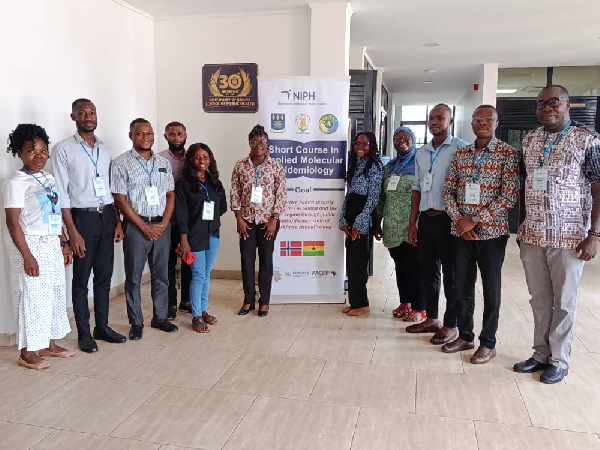
One of the first measures that the then It was a seemingly simple action: specifying the minimum learning levels that Catalan students should achieve at each educational level. Despite the apparent simplicity of the measure—and the surprise at its necessity—in reality, these specifications have taken up to two years to reach schools and institutes in Catalonia. The Minister of Education, Esther Niubó, that these specifications would arrive during this school year, and finally, this Wednesday night, Educació published the specifications on the Xtec website so that all teachers, but also families, could consult them.
For the moment, only the first two documents have been made public, which specify the basic knowledge to be achieved in mathematics and languages for primary and secondary school students. Although they had been presented as "specifications," the published documents are actually more of a kind of clarification or expansion of the Catalan educational curriculum, since the volume of information is significant. Thus, the specifications are organized by cycles in primary education (initial, intermediate, and higher cycles) and by years in secondary education (from 1st to 4th year of ESO), but then each subject has more than a dozen sections.

In fact, just looking at the "specifications" for elementary mathematics, you can see that there are 12 major sections, each with three to four subsections. Furthermore, all subjects include suggestions and examples of how to plan the course, taking into account the specifics established by the Department of Education. These suggestions are divided into courses or knowledge blogs and include practical examples for classroom use.
New specifics next year According to the Government, these specifications should serve to "support teachers when planning learning situations in the classroom; and at the same time, facilitate students' improvement of their knowledge." Furthermore, the regional ministry led by Niubó has also assured that the specifications for the remaining subjects that are missing will reach schools and secondary schools during the first quarter of the next academic year..














